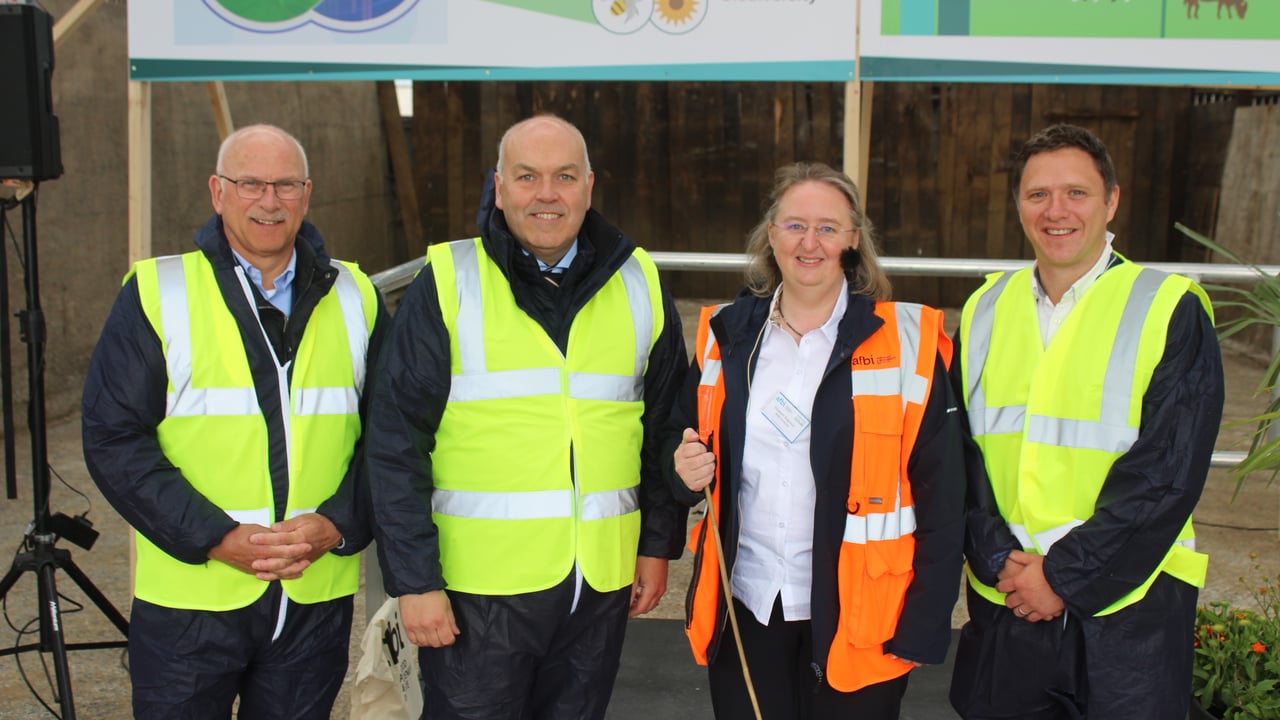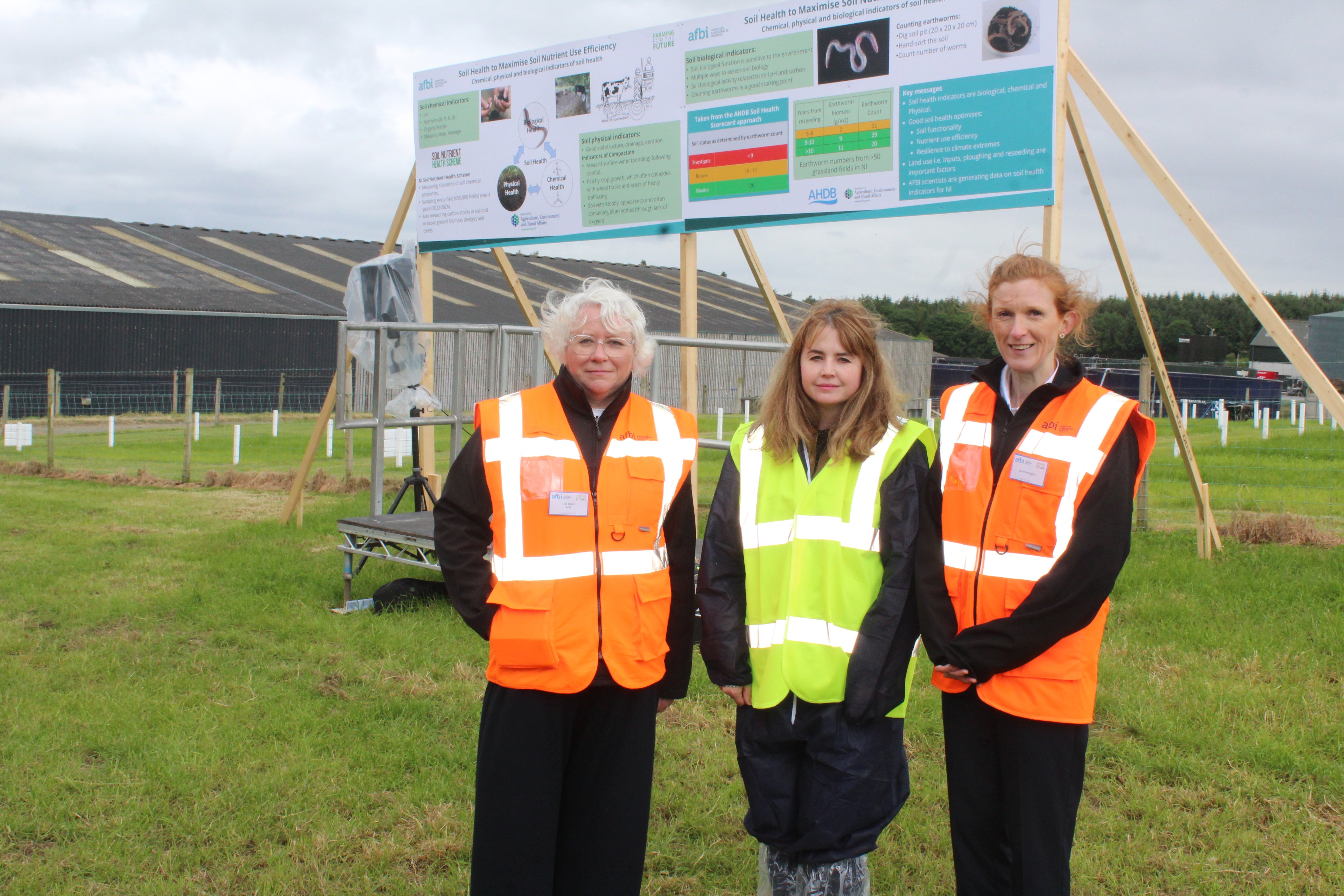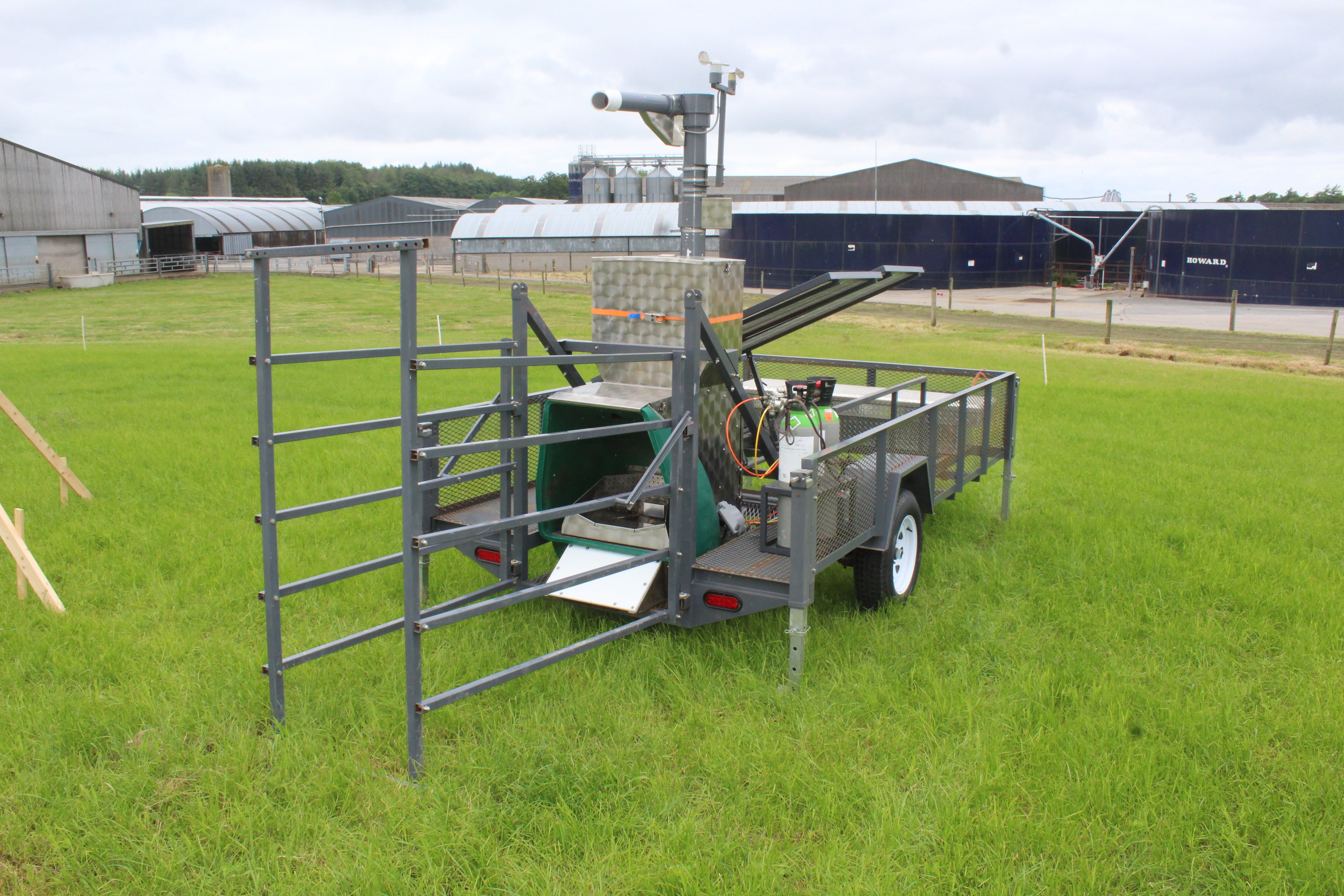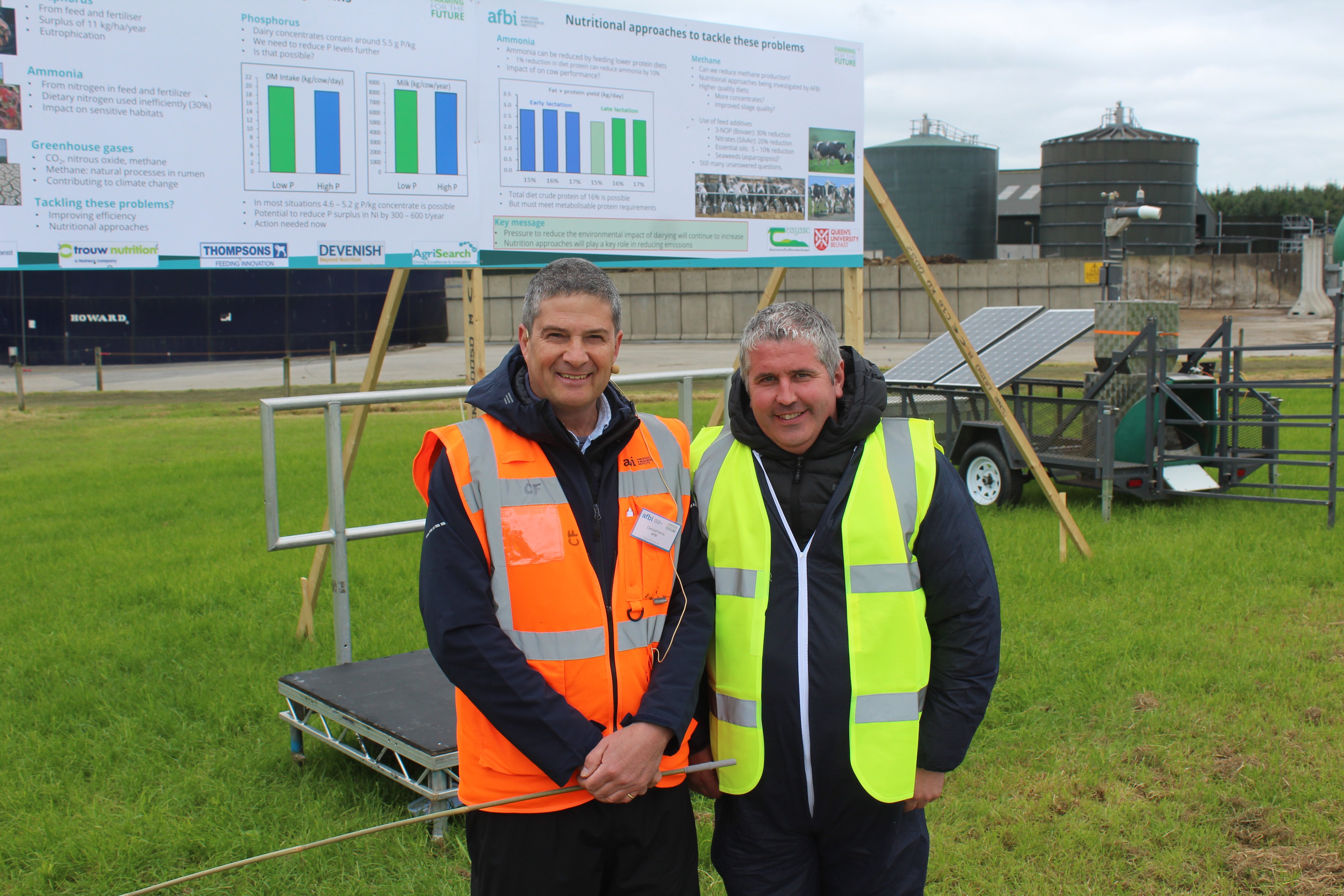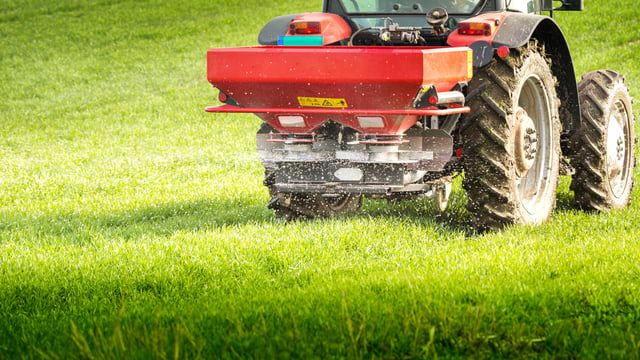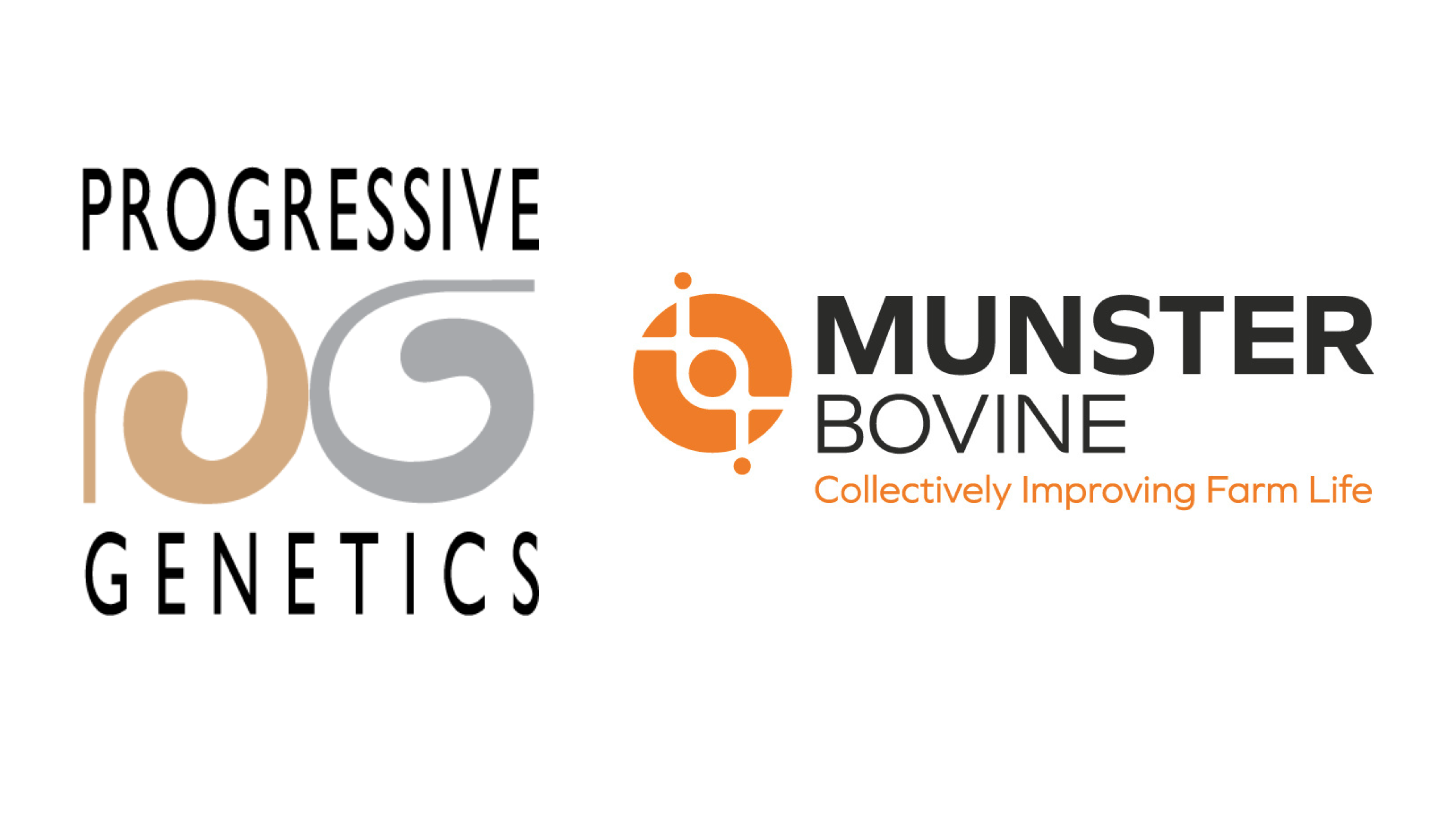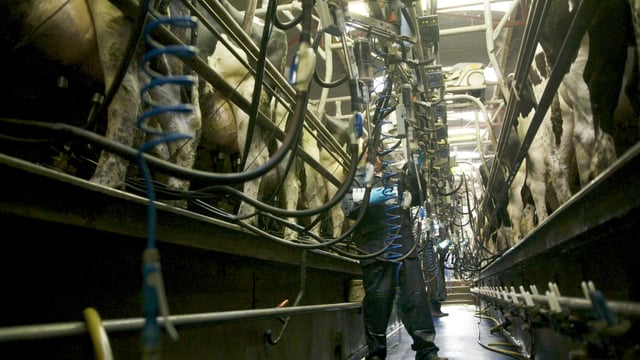Agriculture cited by former NFU president as low priority for politicians
The lack of recognition for agriculture on the part of political parties in the UK has been highlighted by a leading agricultural commentator.
Former National Farmers’ Union (NFU) president, Peter Kendall, was in Northern Ireland recently, attending the Agri-Food and Biosciences Institute (AFBI) ‘Farming and the Future’ Open Day.
Speaking at a breakfast, hosted to launch the two-day event, he expressed concern over the lack of seeming commitment on the part of the main political parties in the UK to recognise the needs of production agriculture.
He based this assessment on the content of the general election manifestos, produced by the Conservative and Labour parties.
Looking ahead, Kendall expressed the view that production agriculture had a key role to play in delivering both food security and environmental sustainability.
He also highlighted the integrated nature of farming and food in Northern Ireland, citing the key role played by research bodies in making this happen.
Kendall further explained: “Agriculture must come forward with solutions to government in order for the industry to secure the support it needs into the future.”
AFBI director, Prof. Elizabeth Magowan also spoke at the launch of the ‘Farming for the Future’ event.
Significantly, she is not recommending a specific carbon calculator, of which there are numerous options available, at the present time.
However, Magowan is strongly recommending farmers to calculate the carbon footprint of their businesses on a regular basis.
“Once a farmer finds a calculator that suits the particular need of the business in question, then it’s a case of sticking consistently with this option," she stated.
“Only in this way will consistent results and trends be secured.”
Approximately 1,000 farmers visited the AFBI research farm at Hillsborough in Co. Down over a two day-period.
According to Prof. Magowan, the securing of performance-related data across the widest possible range of farming activities is the only way to secure a sustainable future for the dairy industry.
“And information sharing in an open and transparent manner at farm level will be part of this process,” she further explained.
Securing holistic sustainability is the key driver for the various research programmes currently in train at AFBI.
“Sustainability can be a very over used word. But in terms of developing the dairy sector, the following themes come into play - our economy has to be healthy, our society has to be healthy and our environment has to be healthy," she continued.
“And when these three priorities are working in harmony, sustainability will be delivered in its truest form.”
The AFBI representative highlighted the specific challenges confronting the dairy sector in the way it interfaces with the environment.
At one level, the news is extremely positive. Northern Ireland’s milk sector is in the top 10% when it comes to the lowest carbon intensity figures produced by dairy industries around the world.
However, a number of important environmental challenges remain to be addressed.
Production agriculture is the largest contributor to the ammonia emissions, which are the heart of the very significant deterioration in air quality that has been witnessed in Northern Ireland over recent years.
“The dairy sector is a significant source of ammonia emissions. The gas is produced when dung and urine are mixed together in slurry tanks," Magowan said.
“Subsequent to this, ammonia can be emitted when slurry is spread on to land. Once this happens, the gas will alight on the ground some distance away from the point of spreading.
“And it is in this context that ammonia can damage our most sensitive habitats."
However, technologies are now coming on stream, which can significantly reduce ammonia emission levels.
These include the use of low emission slurry spreading equipment (LESS), including trailing shoe and dribble bar system.
The use of extended grazing techniques at the shoulders of the grass-growing season is another way of helping to reduce ammonia emission levels.
Improving water quality is the other key sustainability challenge confronting Northern Ireland’s dairy sector.
“Phosphate run-off into water courses in the key contributor to this problem,” the AFBI representative commented.
“Soil testing to assess the levels of available phosphorous in fields is an important starting point, when it comes to developing mitigation strategies.
“Acting to reduce the levels of phosphate coming out of animals is also important. On average the phosphorous balance being generated by many farms across Northern Ireland is between 11 and 12kg/ha.
“We want to get this figure down to around 5kg. Securing this level of surplus will deliver sustainable improvements in our water quality levels. And this can be achieved by reducing the levels of phosphate included in dairy rations," Magowan added.
The AFBI research programmes have been developed to deliver solutions that can be utilised on commercial farms at minimal cost and if the environmental impact of dairy systems within Northern Ireland is to be reduced, a number of mitigations will have to be introduced.
“AFBI research teams realise that one-size-fits-all solutions will not work across the networks of farms that make up Northern Ireland’s dairy farming sector," Magowan said.
“And, again, our programmes have been developed to reflect this situation.”
Improved genetics has served to secure a very efficient dairy industry across the UK.
This was one of the key messages delivered by Marco Winters, head of Animal Genetics at the Agricultural and Horticultural Development Board (AHDB), courtesy of his presentation to the open day event.
“Genetics will be used to improve sustainability and efficiency within the dairy sector. The cows we have today are very different to those that would have been our farms even 20 years ago," he said.
“And the application of improved genetics has made this possible.
“We also know that the selection of heritable traits can also help drive the carbon agenda from a milk production perspective.”
Winters pointed out that the power of genetics is extreme. He cited the growing use of genomics in this context.
The AHDB cattle breeding specialist added: “The last decade has seen tremendous changes introduced within the UK dairy sector, from a breeding point of view. And the growing use of genomics has brought much of this about.
“What’s more, the UK has been to the fore in adopting many of these new technologies.
“The latest figures confirm that 84% of the semen used within the UK dairy sector is sexed. No other country in the world comes near this figure.”
According to Winters, milk producers can now be much more selective in terms of the heifers they want to breed from.
“Currently 70% of the bulls available through artificial insemination are sexed. Adding to this is the fact that 20% of the calves born today in the UK are genotyped. And this figure is set to increase significantly over the coming years," he said.
“This specific technology is no longer a novelty on farms. It is allowing for the identification of the very best heifers within a herd, which can then be bred to sexed sires."
Up to 20 years ago, most British dairy farmers were selecting for production traits. However, the introduction of a new breeding index in 2005 allowed them to breed for both performance and improved fertility at the same time.
“Calving index figures on UK dairy farms are now starting to reduce. In about five years’ time herds will be averaging 385 days,” Winters commented.
“A number of breeding tools are now available to milk producers. These include the use of specific breeding indices for both autumn and spring calving herds.
“Production and health traits can also be combined in ways that allow milk producers to take herd breeding decisions in a more effective manner.”
Winters explained that genetic progress is taking place at twice the rate than would have been the case 10 years ago.
“Farmers not using the new genetic technologies will find themselves left behind very quickly. The other alternative is that their businesses will be moving in the wrong direction very quickly," he said.
“Farmers setting relevant breeding goals is the all-important starting point when it comes to them assessing the use of the new breeding technologies.”

